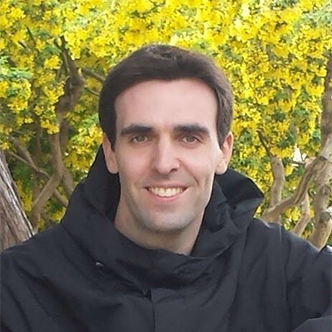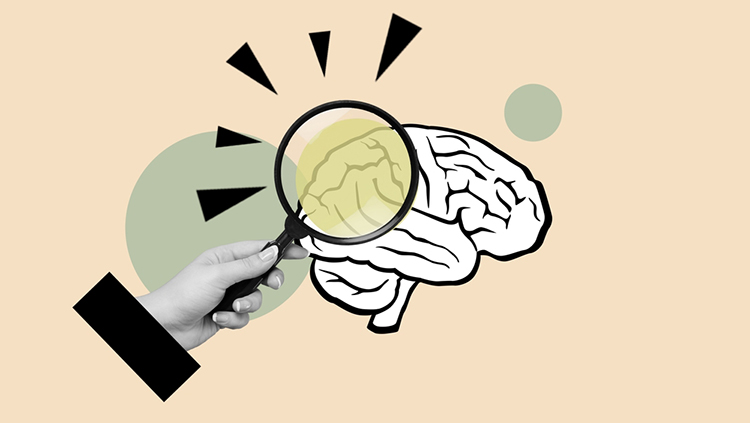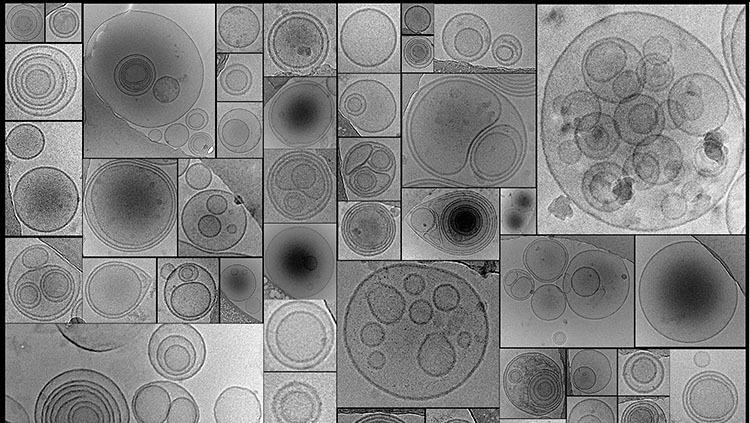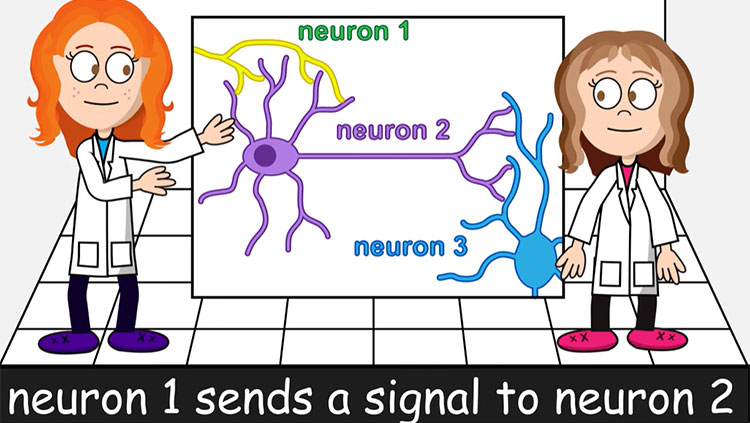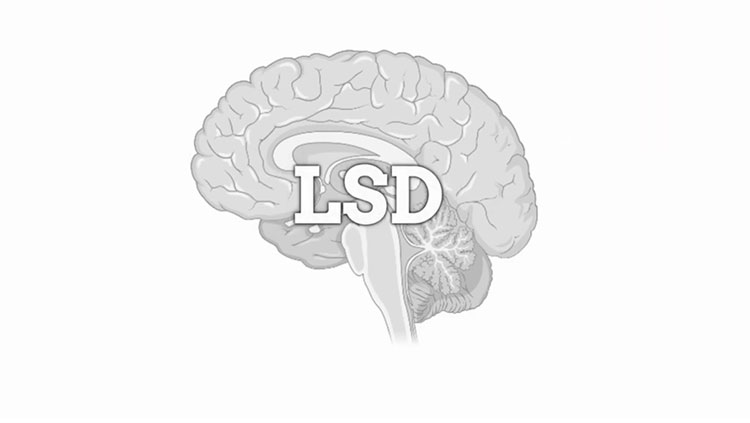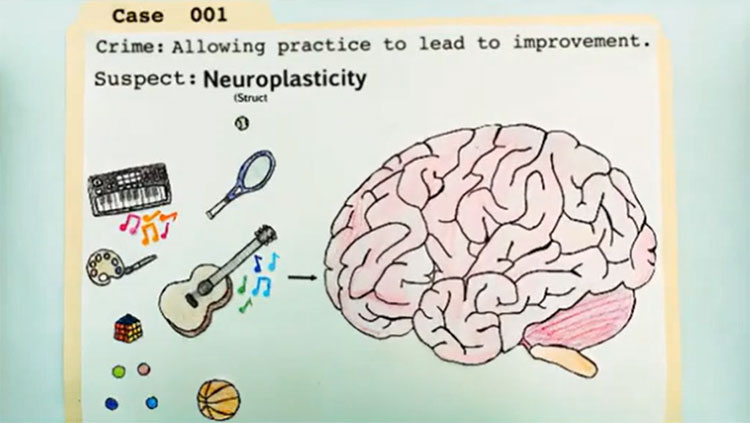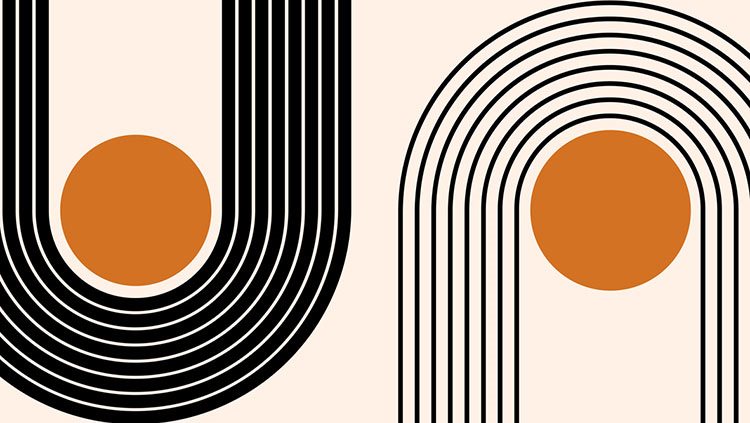The Brain's Coaches
- Published21 Aug 2018
- Reviewed21 Aug 2018
- Author Charlie Wood
- Source BrainFacts/SfN
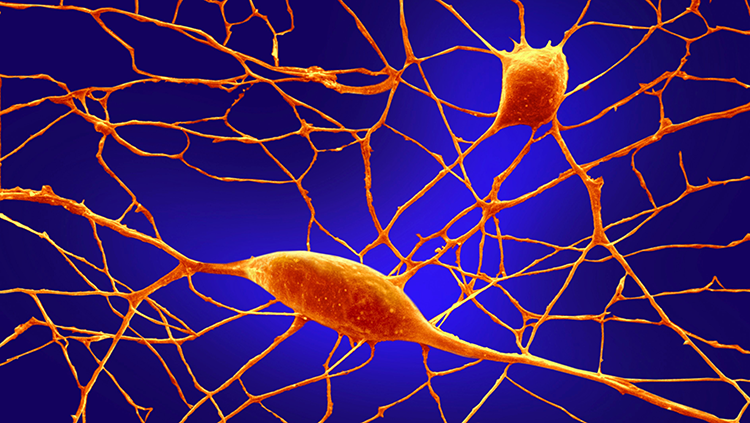
Practice won’t make you perfect, but it sure does help you improve. Whether you’re shooting hoops or hitting the slopes, a centimeter’s difference can separate success from failure. Repetition is the key to making sure your muscles know the difference between a perfect shot and a near miss, and these Purkinje cells, seen in orange, provide key support in the brain.
Marching orders come from your motor cortex, but the cerebellum (located where your skull meets your neck) makes sure they execute smoothly. Information about the motion’s progress and your body’s location in space get routed from the cortex and spine into the cerebellum. There, the densely branching Purkinje cells process the signal and help tweak any potential missteps by dampening the activity of the next cells in the chain. Those neurons then pass the updated orders back to the cortex and spinal cord, and on to the muscles.
CONTENT PROVIDED BY
BrainFacts/SfN
References
Cavanagh, A. (n.d.). Purkinje neurons in culture. Wellcome Collection. Retrieved from https://wellcomecollection.org/works/qxxs3e65?query=purkinje
The Editors of Enyclopaedia Britannica (2015, May 15). Purkinje cell. Encyclopaedia Britanni-ca. Retrieved from https://www.britannica.com/science/Purkinje-cell.
Abrams, Z. R., & Zhang, X. (2011). Signals and Circuits in the Purkinje Neuron. Frontiers in Neural Circuits, 5:11, DOI: 10.3389/fncir.2011.00011.
Also In Cells & Circuits
Trending
Popular articles on BrainFacts.org


